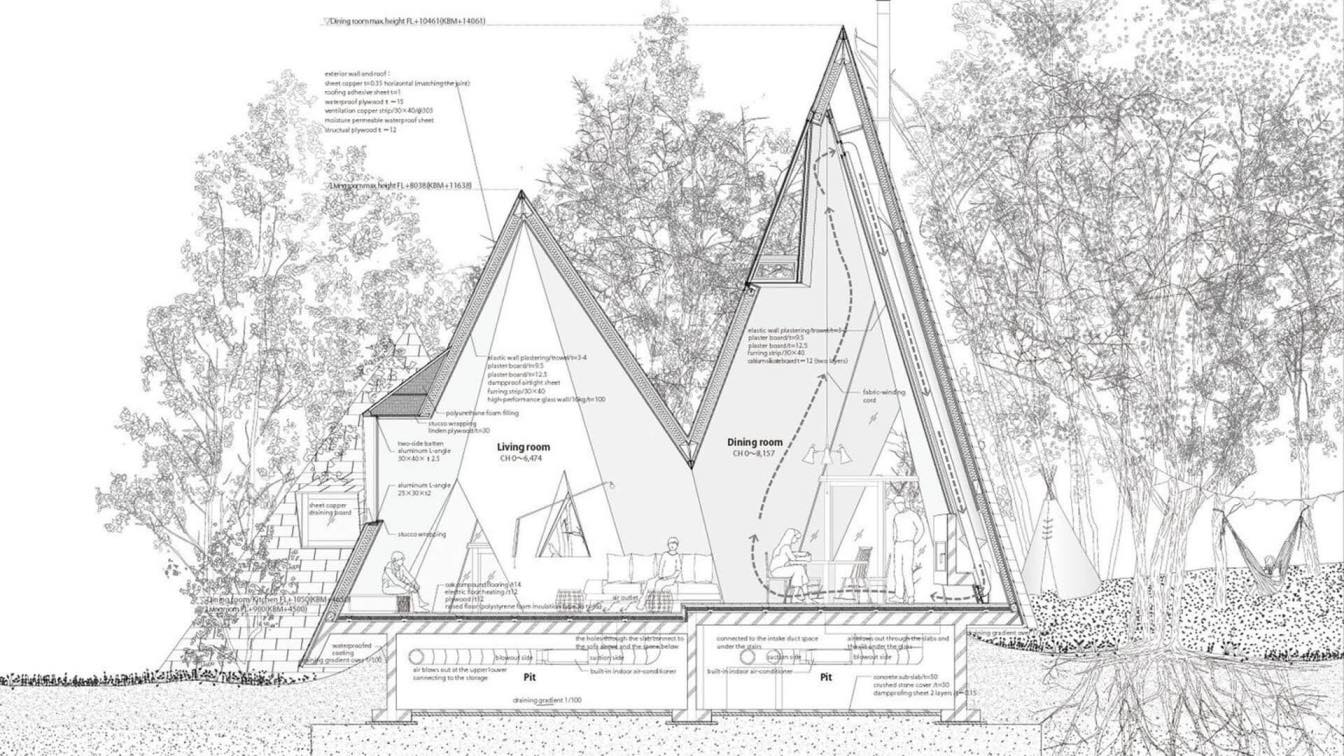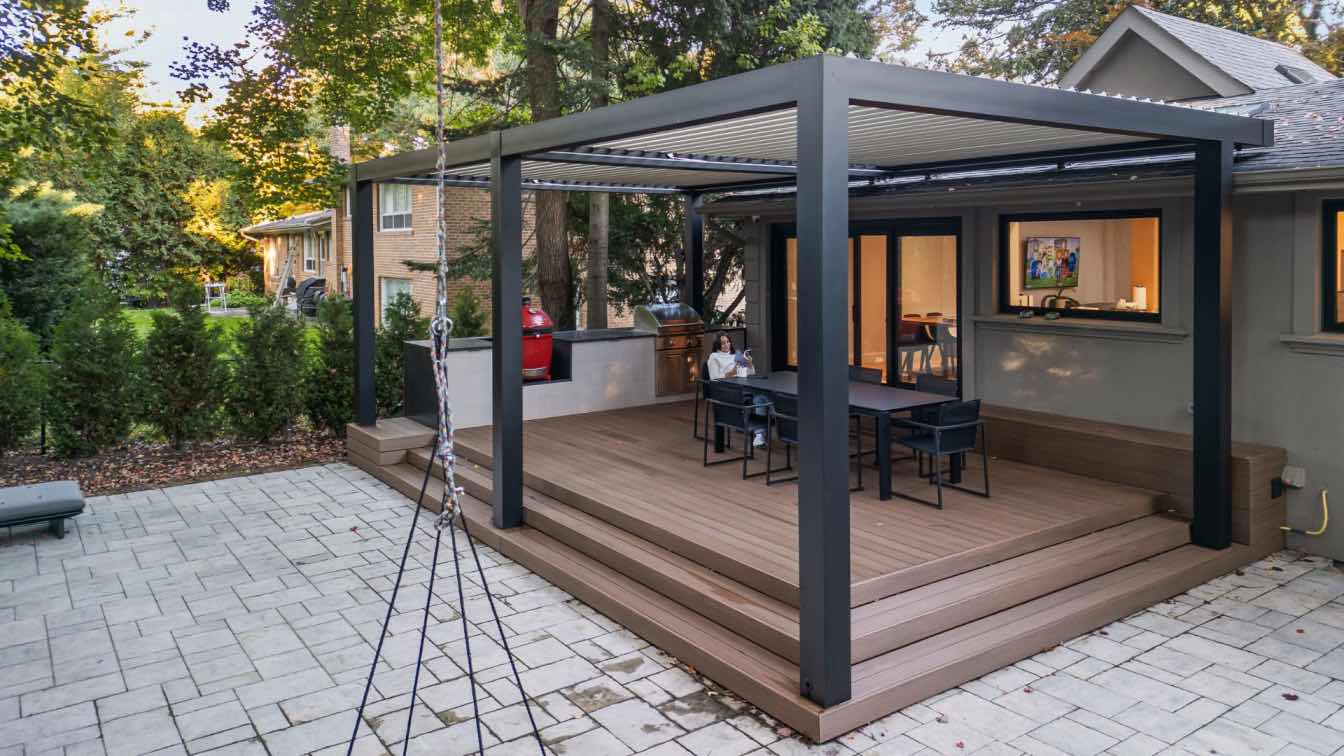Remodeling a coastal home in Miami can be an exciting yet challenging project. The city’s beautiful weather, proximity to the ocean, and vibrant architectural styles create a unique environment for homeowners. However, Miami’s coastal location also presents challenges, such as exposure to harsh weather conditions, high humidity, and strict building regulations. To gain deeper insights into what’s essential when remodeling coastal homes, we interviewed an expert from JMK Contractor, a leading construction company in Miami known for its expertise in coastal renovations. Their advice sheds light on the critical factors that homeowners should consider to ensure durability, safety, and style when undertaking such projects.
1. Weather-Resistant Materials
One of the most critical factors in coastal home remodeling is choosing weather-resistant materials. Miami’s tropical climate, with its intense sun, humidity, and proximity to saltwater, can quickly degrade standard building materials. Opt for materials that can withstand harsh conditions:
Impact-resistant windows and doors to protect against hurricanes and strong winds.
Saltwater-resistant finishes for metal fixtures to prevent rusting and corrosion.
Moisture-resistant wood like teak or ipe for outdoor furniture, decks, and even structural elements to avoid mold and rotting.
2. Hurricane Protection
Given Miami's susceptibility to hurricanes, especially during storm season, installing proper hurricane protection is a necessity. When remodeling, consider integrating these key protective elements:
- Hurricane shutters or impact-rated glass for windows and doors to safeguard the home from flying debris.
- Reinforcing the roof structure with hurricane straps and wind-resistant designs.
- Ensuring that outdoor structures like patios and balconies are securely anchored to withstand strong winds.
3. Flood Resilience
Being close to the coast, homes in Miami are also vulnerable to flooding and storm surges. Remodeling plans should include strategies to mitigate flood risks, such as:
- Elevating the home or raising essential mechanical systems (HVAC units, water heaters) above flood levels.
- Flood-proofing materials for walls, floors, and basements, including water-resistant tiles and paints that can minimize damage.
- Installing proper drainage systems and sump pumps to keep water from accumulating in vulnerable areas.
4. Energy Efficiency
Energy efficiency is another key consideration, especially with Miami’s warm climate and high energy costs. Coastal homes often face higher cooling demands due to sun exposure and humidity. Here are ways to increase energy efficiency:
- Insulation upgrades to prevent the cool air from escaping and the heat from getting in. Insulating roofs, walls, and windows can make a significant difference.
- Solar panels are popular in Miami due to abundant sunlight. They can reduce energy bills and are often eligible for tax incentives.
- Opt for energy-efficient appliances and LED lighting to minimize electricity usage.
5. Outdoor Living Spaces
Miami’s coastal lifestyle often revolves around outdoor living. When remodeling, focus on creating functional and beautiful outdoor areas that take advantage of the tropical weather:
- Building water-resistant decks and patios made from durable materials.
- Adding outdoor kitchens, pools, or shade structures to enhance your home’s livability.
- Using weatherproof furnishings and accessories to ensure longevity despite exposure to sun, wind, and rain.
6. Compliance with Local Building Codes
Miami has stringent building regulations, particularly for homes located in coastal and hurricane-prone areas. Before starting any remodeling project, it’s crucial to ensure that your plans comply with local codes. Some points to check:
- Permits and inspections: Coastal remodeling may require specific permits, especially for structural changes and flood protection.
- Adhering to the Florida Building Code (FBC), which sets standards for wind and flood resistance.
- Consulting with an experienced contractor familiar with Miami's coastal zoning laws to avoid costly delays and compliance issues.
7. Aesthetic Appeal
While practicality is essential, remodeling a coastal home in Miami also offers the opportunity to embrace a distinct aesthetic. Many homeowners in Miami prefer designs that blend seamlessly with the coastal environment:
- Open floor plans with large windows to maximize natural light and provide stunning ocean views.
- Neutral, beach-inspired color palettes with shades of blue, white, and sandy tones.
- Incorporating natural elements like stone, wood, and glass to create a seamless indoor-outdoor flow.
Conclusion
Remodeling a coastal home in Miami requires a balance between aesthetics, functionality, and weather resistance. By choosing durable materials, incorporating hurricane and flood protection, focusing on energy efficiency, and ensuring compliance with local building codes, homeowners can create a beautiful and resilient living space. Whether enhancing outdoor areas or upgrading interior spaces, these key considerations will help ensure that your Miami coastal home stands up to the elements and remains a comfortable, stylish haven for years to come.





